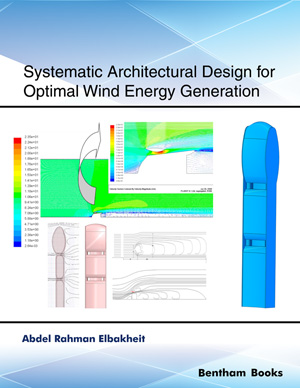Abstract
The porous textile fabrics as scaffolds combining with extracellular matrix proteins (e.g. fibronectin, collagen etc), and living cells give a possibility to develop biological tissues for human body repair, such as organ transplants. The flexible biotextiles act as scaffold materials to provide support for cell adhesion, growth and proliferation. A key requirement for an artificial implant is to exactly mimick the biological and mechanical functions of an injured tissue or organ to be replaced without evoking an immune response from the host. Due to their easily tunable properties, the “weak” textiles, such as nonwoven, woven, knitted structures, braided structures etc, are promising candidate for tissue engineering applications. These structures provide compliance, porosity and 3D microstructure to induce cell attachment and proliferation to regenerate complex tissues. In this chapter, scaffold designing in tissue engineering using textile structures has been reviewed. The chapter elaborates on 3-D fabric (woven, knitting, nonwoven etc.) and their composites for designing scaffolds with required mechanical and biological properties.
Keywords: Biotextile, Tissue Engineering, Scaffolds, Extracellular Matrix (ECM).












